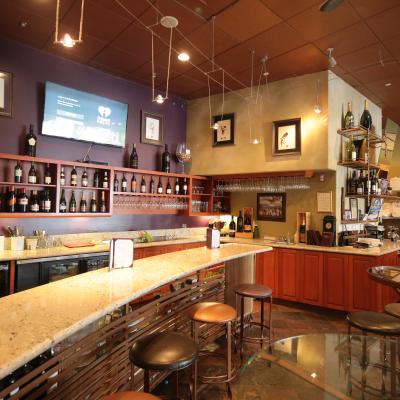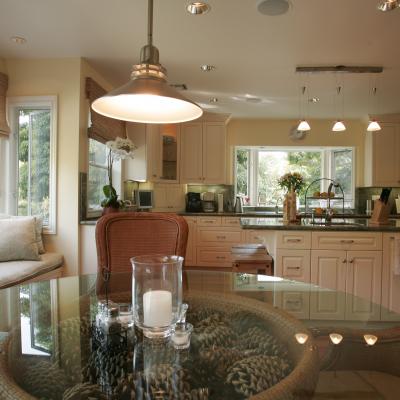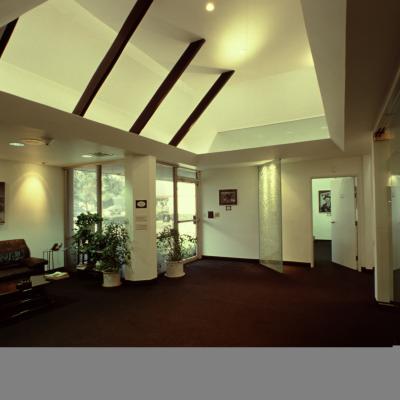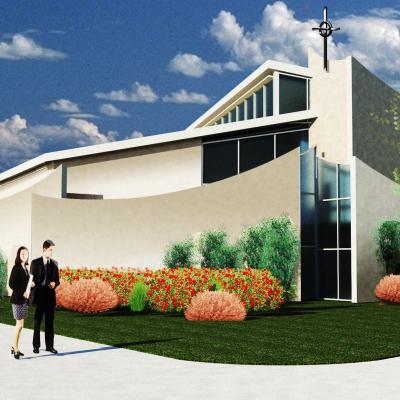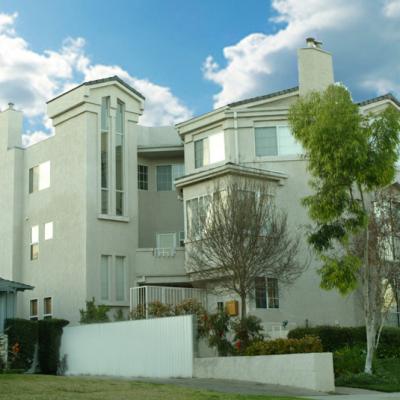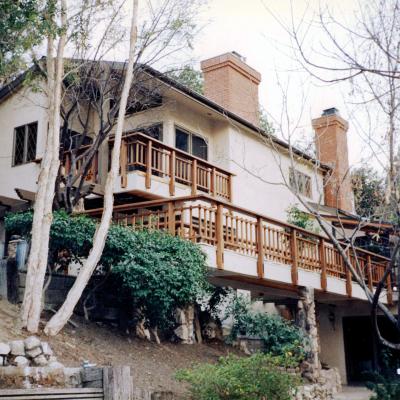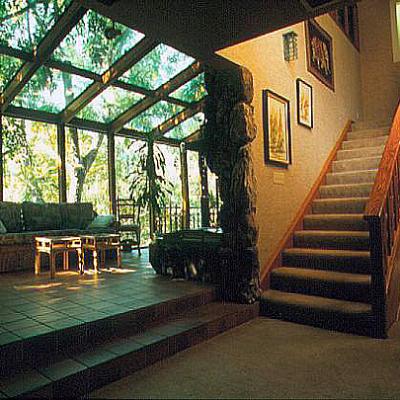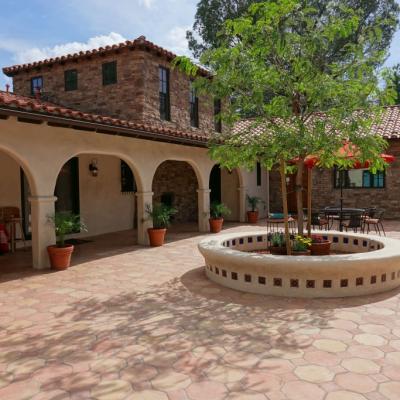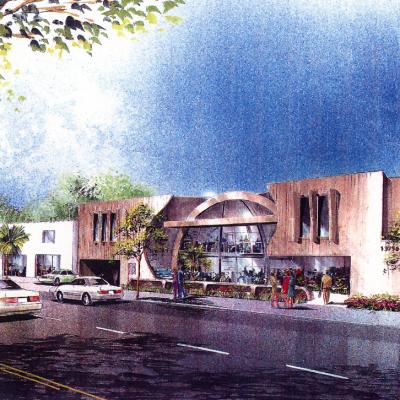Ljubljana Castle complex standing on Castle Hill above downtown Ljubljana, the capital of Slovenia. It is a key landmark of the town. Originally a medieval fortress, it was probably constructed in the 11th century and rebuilt in the 12th century. It acquired its present outline with an almost complete overhaul in the 15th century, whereas the majority of the buildings date to the 16th and 17th centuries. Initially a defense structure and since the first half of the 14th century the seat of the lords of Carniola, it was since the early 19th century used for various other purposes and today is used as a major cultural venue.
My wife and I visited this destination not knowing its history. What a great surprise to see the combination of the Ancient history (Middle Ages, Baroque period, Contemporary)
with the new modern steel structures interwoven though out this complex. It was a very rich and rewarding experience. This will stay with me as I design new uses for older building.
Chartres Cathedral, Chartres Cathedral, also known as the Cathedral of Our Lady of Chartres, is a Roman Catholic church in Chartres, France, about 80 km southwest of Paris. This is the very culmination OF ALL THE Gothic architecture, Romanesque architecture, French Gothic architecture, High Gothic. It is the place of greatest energy. If you want to feel the Gothic, the true, go there. It was worth the day spent in every way. You feel it.
Bruges, the capital of West Flanders in northwest Belgium, is distinguished by its canals, cobbled streets and medieval buildings. Its port, Zeebrugge, is an important center for fishing and European trade. History tells all. It is a UNESCO World Heritage site which helps me decide where to travel. Having read all about King Charlemagne and his town, how he helped set up the governance of cities that we still use today, this town had great significance to me. It is also the Venice of the north.
Dalmatian Coast in Croatia there is Split and Dubrovnik. I experienced medieval and Roman architecture along the clear blue waters. I found a photo in a magazine once showing a hidden gem built into a cliff with a great little door. It was along the coast in a small bay. Eating lunch in a small Dubrovnik café watching the boats and water gleaming, there it was. Out of nowhere and I had no way to know the doors location. That is discovery. I love to explore, take in the feeling of the past and transpose it to the future. It fills my soul with new opportunity.
Exploring involves research to know where to go for the senses you want during time off. For me one way is to see photos, movies, magazines and then search them out. The other way is to follow World heritage sites, https://whc.unesco.org/en/list/
Another is to track books: Sacred Earth: Places of Peace and Power,
World Pilgrimage Guide, Places of Peace and Power, and others. They give you ideas that others have compiled. Then you get to pick what gets your juices following. You will not be let down. I even pick hotel rooms for their specific views and history without any other information.


